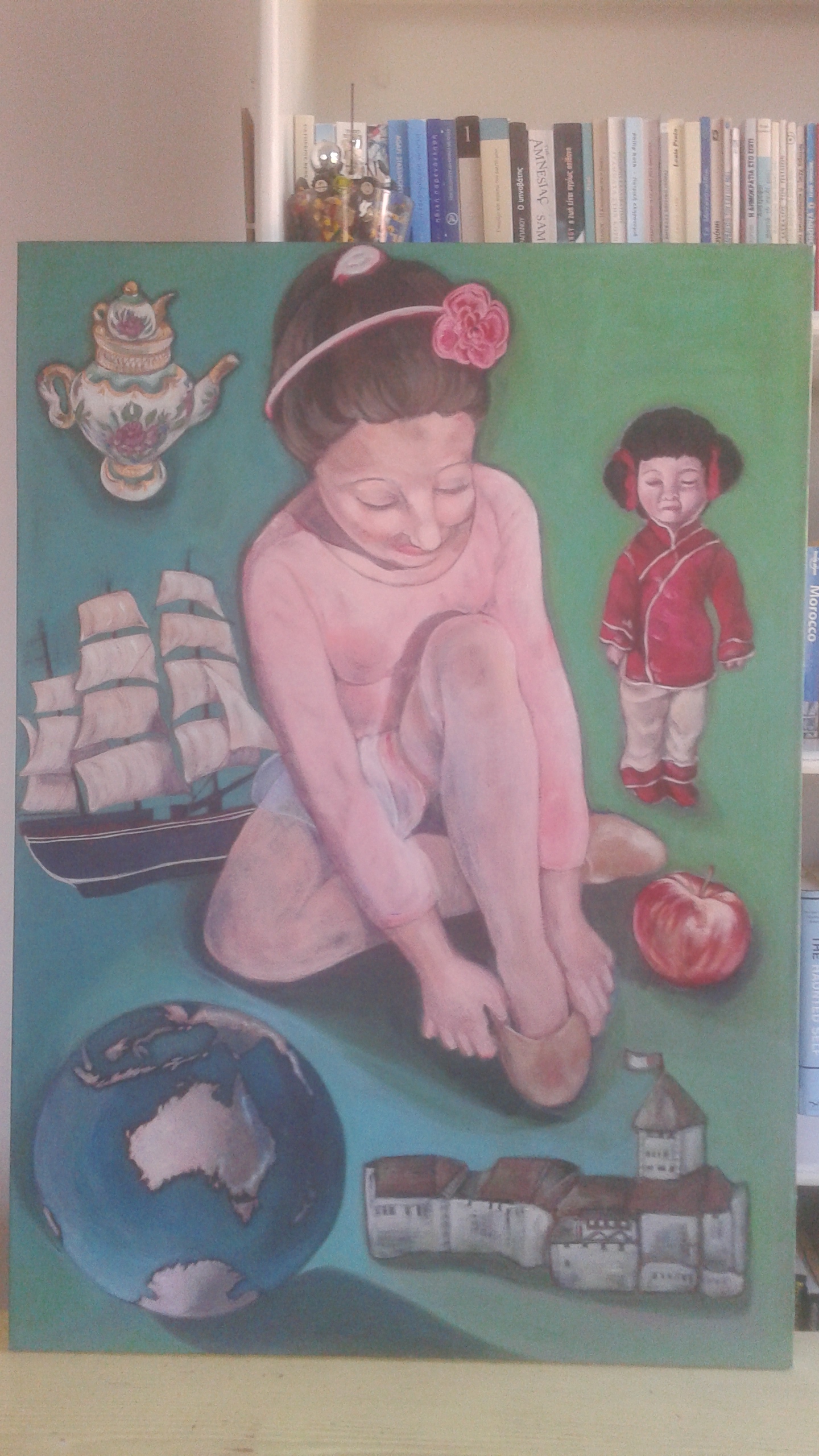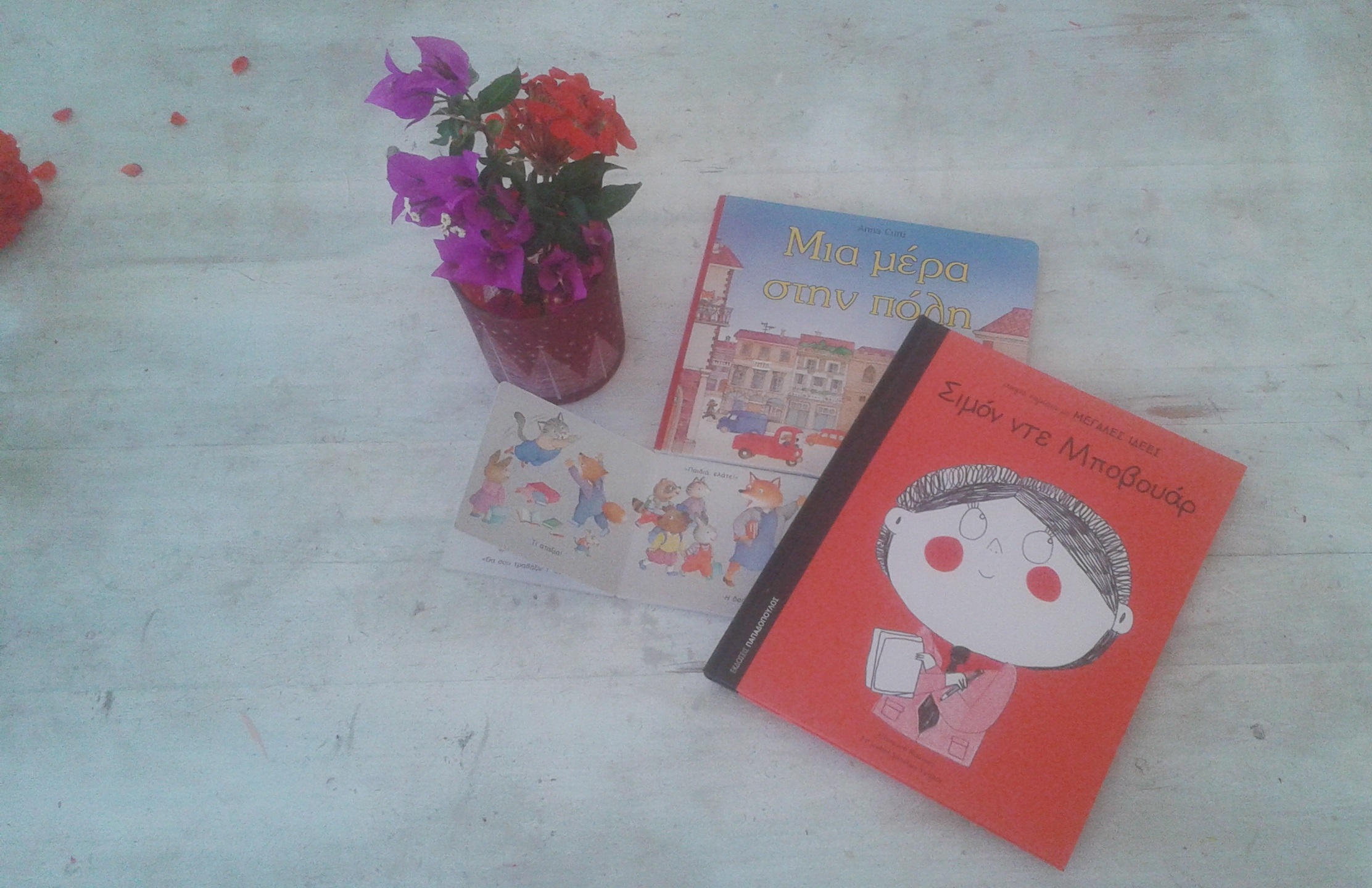Market Street
Everyone is our neighbour
“Every street has a story. To discover the story all you have to do is step back in time; Just imagine you pop to the shop or the park or on your way along the high street, everything changes…Streets much like stories, bring people together. Look at the map and the ways the streets connect communities; well, stories are like that, too. Much like a storyline, the roads of a street may weave and wind in different directions, but they still connect people with each other.” From Once Upon a Street by Isabelle King
“Everyone has lots of neighbours, and they come in many shapes and sizes. Obviously, the people living across the street are neighbours, but in some sense, so are the people you live with. Friends, relatives, co-workers, all the people you know are neighbours. So are the people at the market or walking past on the street. Other living things are neighbours as well, such as cats and dogs, birds and bees, ants on the kitchen counter, and plants and trees.” Rick Hanson at: https://www.rickhanson.net/love-your-neighbor/
“To embrace suffering culminates in greater empathy, the capacity to feel what it is like for the other to suffer, which is the ground for unsentimental compassion and love.” Stephen Bachelor

Today I’m posting a second painting that I have more or less completed, thematically related to the previous one, and some ideas for books to read with children that could provide opportunities to discuss important topics with them; plus, an excerpt on generosity and interconnectedness from Sharon Salzberg’s (Buddhist meditation teacher and writer) book: The Kindness Handbook: A Practical Companion, which I was considering referring to in the previous post on food.
Last Stop on Market Street by Matt de la Pena and illustrated by Marnie Backer, with themes of intergenerational relationships and interactions, the building of community, generosity and gratitude, helping those in need, and finding beauty amidst bleak environments at: https://www.youtube.com/watch?v=zk6CWvW_5-s
On Market Street by Arnold and Anita Lobel, is mostly a visual delight and suitable to read or use in the classroom when teaching the alphabet at: https://www.youtube.com/watch?v=GeKOtp5jElQ
And a book from the series: μικρά κορίτσια με ΜΕΓΑΛΕΣ ΙΔΕΕΣ / little girls with BIG IDEAS, Simone de Beauvoir, written by Isabel Sanchez Vegara and illustrated by Christine Roussey:
“Little Simone managed to convince us that all people are born equal, and that our choices and what we decide are what make us stand out.”
From The Kindness Handbook by Sharon Salzberg:
“……interconnectedness asks us to let go of rigid differences, to be responsive to the needs of others, to know that taking care of others is an inextricable part of truly taking care of ourselves. The fact that everyone and everything has an effect on their surroundings is a call to honor our interconnection and show compassion toward all other beings. Respecting this interconnection can open us to an unstudied altruism that is simply a reflection of a more honest life. When we know how intertwined our lives are, we know that the lives of an ill person in China, a woman hungering for education in Afghanistan, a child in South Africa who walks for a day and a half at Christmas to receive the bag of chips and can of soda Nelson Mandela gives away, all have something to do with our own lives. We can’t avert our eyes, looking around those who suffer, those who are hungry, those who are ill or frightened. We can’t look through them, seeking a more pleasing vista. We can’t go along oblivious, shoving aside images of yearning, of terror, of resignation in a child’s eyes somewhere far away, determined to forget that we glimpsed those things at all. Our picture of life necessarily includes concern for everybody, because that’s the simple truth of how we can achieve safety and peace. There are times when we can be cut off from reality. But we need to take the time to have an understanding of the layers of conditions coming together for even one meal: the people growing our food, the animals giving up their milk, the planet nurturing us all. We can have a different sense of the interdependence in which we live, and the fallacy of an unbending sense of separation, of self and other. So many conditions and influences and connections and relationships help to make the meal what it is.…….
“….. For example, the Buddha said that when we offer someone food, we’re not just giving that person something to eat; we’re giving far more. We’re giving them strength, health, beauty, and clarity of mind, even life itself, because none of those things is possible without food. ……….. In an act of giving we’re aligning ourselves with certain values. Love is there in that moment because we feel good will toward the person who is receiving; we feel a sense of oneness with them, rather than alienation. We feel compassion in that moment, because we wish that person to be free from pain or suffering, to be happy. In that act of giving, we rejoice in the happiness of someone else rather than feeling what we can so easily feel—envy, jealousy, and wanting them to be just a little bit less happy so we can feel a little bit more happy about our own state. In an act of giving, we want another person’s happiness to increase. In that moment of giving, we’re abandoning ill will and aversion. Aversion creates separateness and withdrawal, a sense of not being at one with the other. Giving is an act of moving forward, of yielding, of coming forth, of coming closer. And we’re abandoning delusion as well, because when we perform a wholesome or skillful action, we understand that what we do in our life—the choices we make, the values we hold—matters. That’s why the Buddha said that if we knew as he did the power of giving, we wouldn’t let a single meal pass without sharing something…..”

